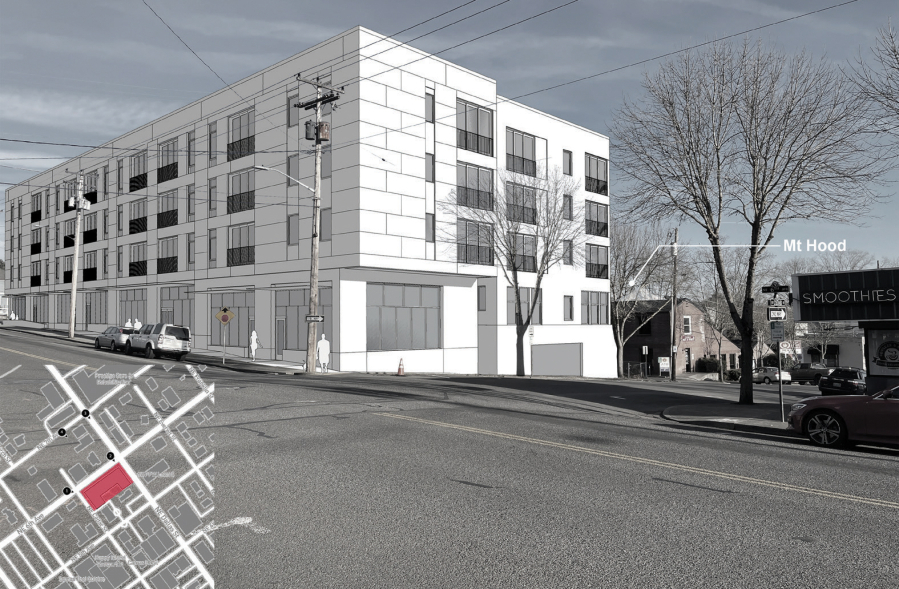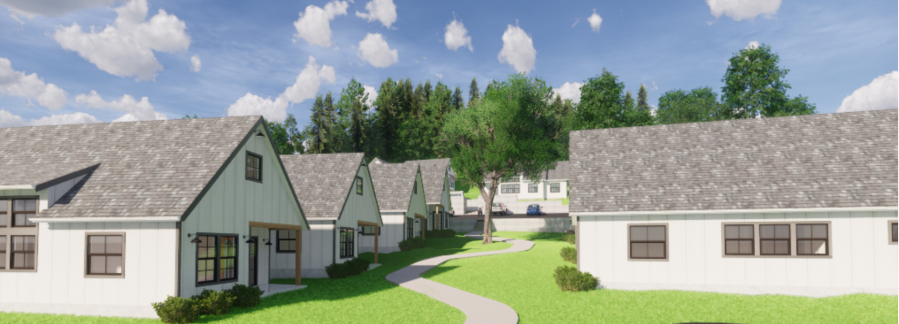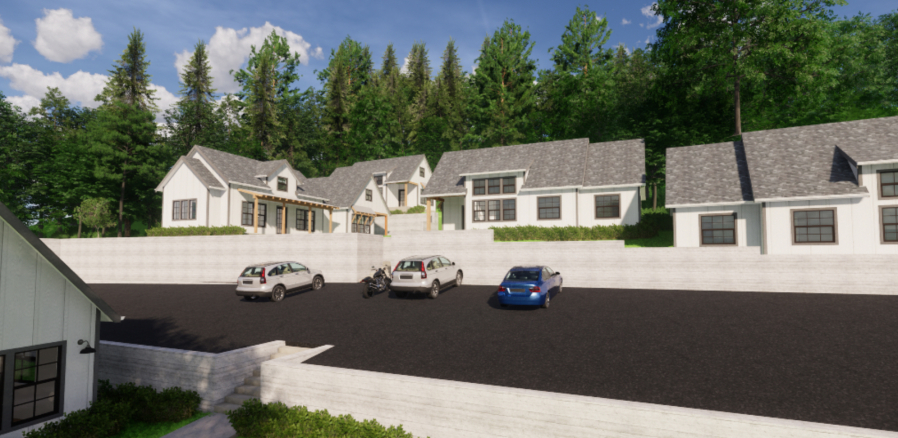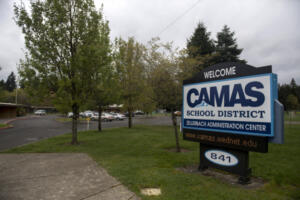When the city of Camas completed its Housing Action Plan in early 2021, a few things were very clear: the city’s housing inventory — dominated by large, pricey, single-family homes — was quickly edging out many would-be Camasonians, including lower- to middle-income families, seniors on fixed-incomes and young adults just starting their careers.
The city’s plan showed the majority of houses built in Camas over the past decade were larger, single-family homes well beyond the price range of many first-time homebuyers or anyone earning less than 50 percent of Camas’ $101,000 median income.
“Lower income households are heavily impacted by a lack of affordability (in Camas),” the plan’s authors noted. “Of those with incomes under 30 percent of the area median income, four out of five face difficulty finding suitable housing, including 90 percent of homeowners.”
In 2019, just 5 percent of the city’s housing was considered multifamily, and Camas only had four homes under 800 square feet and about 15 accessory dwelling units (ADUs) located on single-family properties — all the types of housing that could provide some relief for people who didn’t want — or couldn’t afford — the typical 3,000-square-foot single-family house that had dominated Camas’ housing market for the past decade.
And while the city council still needs to consider which, if any, city planning tools included in the Housing Action Plan it would like to use to ensure Camas has more diverse and affordable housing over the next 10 years, there is some good housing news on the horizon: including two new housing proposals that would help diversify Camas’ housing supply.







